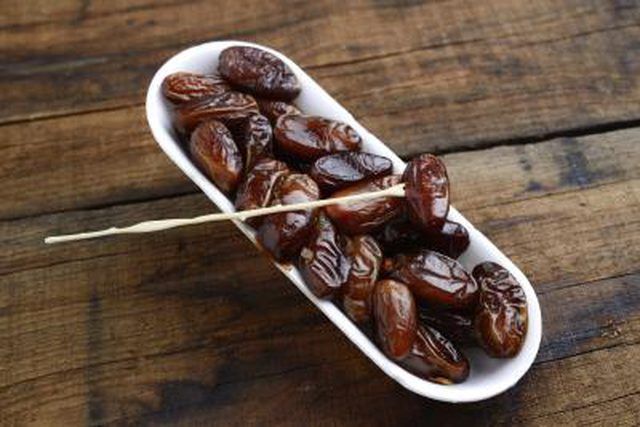Bulbs
Flower Basics
Flower Beds & Specialty Gardens
Flower Garden
Garden Furniture
Garden Gnomes
Garden Seeds
Garden Sheds
Garden Statues
Garden Tools & Supplies
Gardening Basics
Green & Organic
Groundcovers & Vines
Growing Annuals
Growing Basil
Growing Beans
Growing Berries
Growing Blueberries
Growing Cactus
Growing Corn
Growing Cotton
Growing Edibles
Growing Flowers
Growing Garlic
Growing Grapes
Growing Grass
Growing Herbs
Growing Jasmine
Growing Mint
Growing Mushrooms
Orchids
Growing Peanuts
Growing Perennials
Growing Plants
Growing Rosemary
Growing Roses
Growing Strawberries
Growing Sunflowers
Growing Thyme
Growing Tomatoes
Growing Tulips
Growing Vegetables
Herb Basics
Herb Garden
Indoor Growing
Landscaping Basics
Landscaping Patios
Landscaping Plants
Landscaping Shrubs
Landscaping Trees
Landscaping Walks & Pathways
Lawn Basics
Lawn Maintenance
Lawn Mowers
Lawn Ornaments
Lawn Planting
Lawn Tools
Outdoor Growing
Overall Landscape Planning
Pests, Weeds & Problems
Plant Basics
Rock Garden
Rose Garden
Shrubs
Soil
Specialty Gardens
Trees
Vegetable Garden
Yard Maintenance
What Are Date Fruit?
What Are Date Fruit?. No need to sit home longing for a date if you have a date palm (Phoenix dactylifera) in your back yard. One mature tree can provide you with 10 or more bunches of date fruit, each bunch laden with 1,000 or more dates. That's enough to keep you busy all year long.

No need to sit home longing for a date if you have a date palm (Phoenix dactylifera) in your back yard. One mature tree can provide you with 10 or more bunches of date fruit, each bunch laden with 1,000 or more dates. That's enough to keep you busy all year long.
The True Date Palm
The common names of numerous palms include the term "date," but the only true date palm is the Phoenix dactylifera, native to North Africa, that grows in U.S. Department of Agriculture plant hardiness zones 9 through 11. The tree, naturally multi-stemmed, is usually clipped to grow as a single trunk that rises to 100 feet over its 150-year lifetime. It is topped by rounds of pinnate palm leaves.
Sex and the Single Palm
Date palm flowers are yellow. They form on 4-foot stalks that emerge in spring from between the palm fronds. Each flower is either male or female, and each tree has either male or female flowers. Only female trees bear the flowers that turn into the date fruits, but they require a male tree in the vicinity for pollination. One male tree produces enough pollen to fertilize the flowers of some 50 female trees. The dates grow in green, change to yellow-orange and then darken as they mature.
Cool Climates Need Not Apply
Only gardeners in warm zones can grow dates, and, in the United States, the majority of dates are produced in California's hot Coachella Valley. If your climate is chillier than recommended, you might still be able to grow the tree as a beautiful ornamental, but the date fruit won't set. If you decide to plant a date palm, don't worry about special soil; any type will suffice, even the poorest, but be sure the tree has ample space to rise to its full height. Your palm needs lots of sun and, despite the palm's drought-tolerant reputation, you'll need to provide regular deep irrigation to keep the soil around the plant's deep roots moist. No fertilizer is recommended. Once you get the tree in the soil, select the strongest leader and snip off the others as they appear; use a pruner sterilized with denatured alcohol.
What to Do With Your Dates
The fruit of the date palm are drupes, each containing one seed, surrounded by the sweet flesh. About 80 percent of each tasty fruit is sugar, while the rest is made of protein, fat and minerals like potassium, copper, iron and magnesium. When your harvest comes in, store excess dates in a freezer. Just choose moisture-proof containers and store them at 0 degrees Fahrenheit. The high sugar content of the dates protects them from freezer damage, and freezing also kills off any insects.